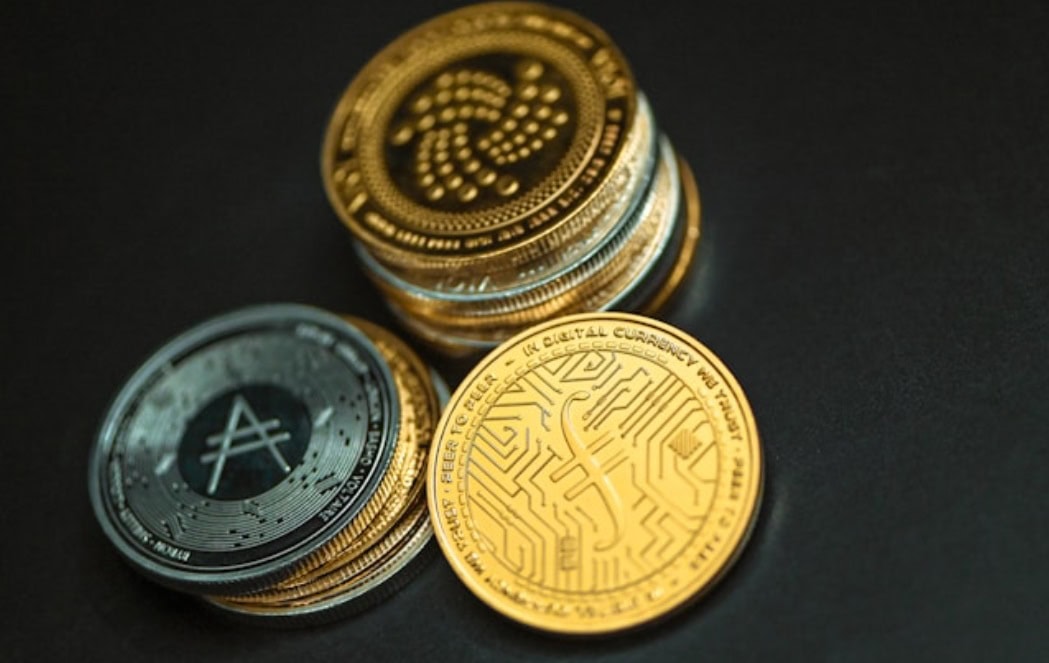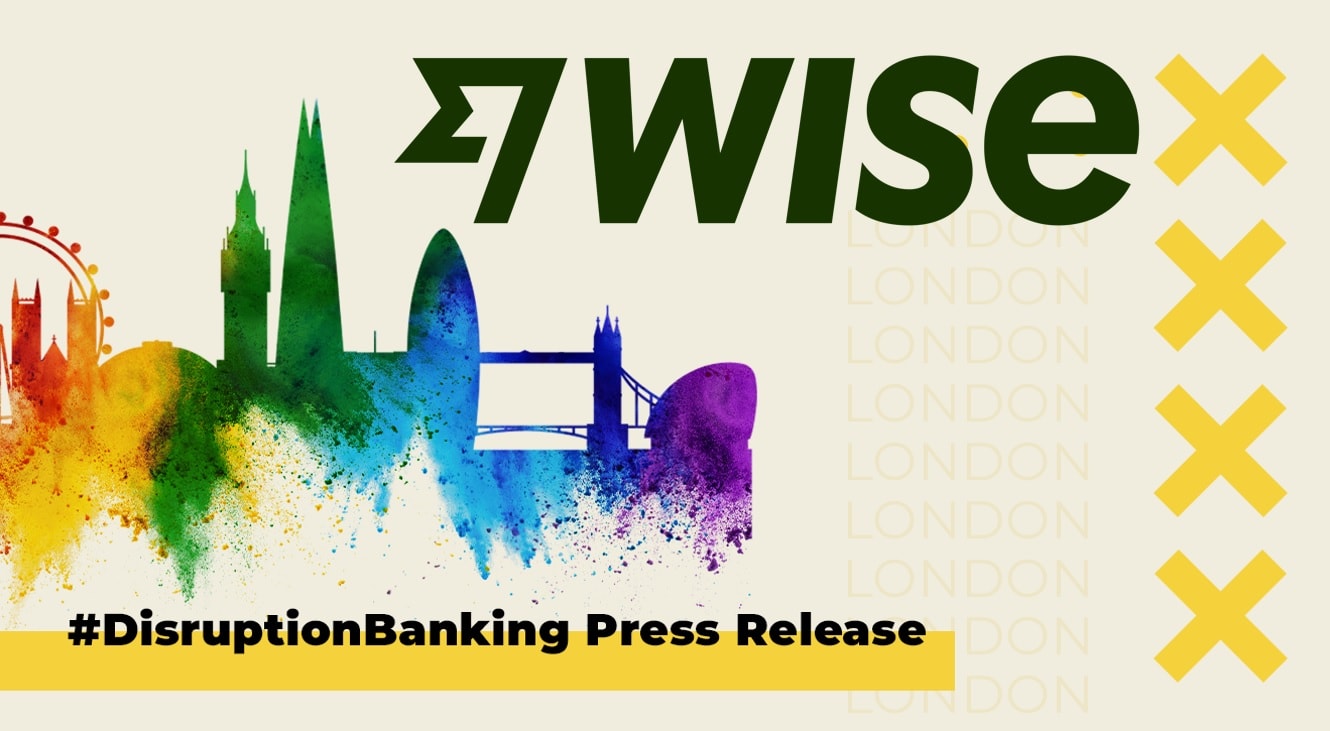The purpose of this piece is to initially figure out who is helping test China’s Digital Yuan project. From the limited information China wants us to have, it seems the Digital Yuan has actually been in test mode, from 2021 and trial phase since 2020, with a pilot program extending through to 2022. Depending upon the success of such, and the time it takes to work through potential bugs, the Digital Yuan is expected to be adopted in either 2023 or 2024.
Additionally, the tests are being conducted in certain Chinese cities, by the People’s Bank of China (PBoC), including Xiong’an, Shenzhen, Suzhou, Chengdu, Beijing, Tianjin, the Hebei Province, Hong Kong and Macau, all basically, ‘Chinese Territories’. The question remains, what are the other territories that China is using as a potential Digital Yuan Sandbox, that are not Chinese territories, per se. Could one of them be China’s neighbor, Myanmar?
China’s ‘Digital Yuan‘
Let’s start by understanding the basics of China’s Digital Yuan, which is a form of Central Bank Digital Currency (CBDC), issued by a bank, here the PBoC. That acts as a means for China to digitize its currency, for a coming cashless society, effectively creating an electronic currency, such as e-CNY, e-RMB or e-Yuan. Note being, the Digital Yuan, will certainly stand in direct competition with other cryptocurrencies, corporate payment systems, and mobile payments.
In a seekingalpha.com article, it was argued, the Digital Yuan may even replace China’s physical Yuan as a means of official payments. Accordingly, the PBoC, is already distributing its Digital Yuan to banks across China, the banks are required to deposit equal amounts, with the PBoC, as the Digital Yuan is distributed. Users can store their Digital Yuan in digital wallets, using QR codes, to make purchases with it. However, unlike cryptocurrencies, the Digital Yuan is not an alternative currency, transactions are not fully anonymous, it is intended to be used as official legal tender. As such, it’s a direct competitor to businesses, such as mobile payment systems.
The Link Between, China’s Belt & Road Initiative (BRI), ECEP & Its Digital Yuan
It is argued, China’s BRI is vital for the country, and the importance of expanding the Digital Yuan within the BRI, can not be underestimated. The BRI is a transcontinental long-term policy and investment program aimed at infrastructure development and acceleration of economic integration of countries along the old ‘Silk Road’. Promoting the connectivity of Asian, Eastern European & African continents, as well as to strengthen partnerships along this route. It’s an all-dimensional, multi-tiered, diversified, independent, balanced & sustainable development project.
71 countries are already taking part in the initiative, representing more than a third of the world’s GDP and making the vast BRI area perfectly placed for China to internationalize its Digital Yuan. Especially so, as other Asian countries are also developing & deploying their own CBDCs, such as, Thailand, Cambodia, Vietnam, Philippines, Korea and Japan. With the Bank of Korea and the Bank of Japan, already in the testing phase. Additionally, the Regional Comprehensive Economic Partnership (RCEP’s) free trade area is also a huge market for the Digital Yuan. China’s advantage is its economic relevance, its needs, and also, its Digital Yuan is far more advanced than its neighbors currencies. Could the BRI and RCEP’s integration with China’s Digital Yuan, become a blueprint for its neighbors, wanting to develop their own CBDCs?
Hong Kong, As A ‘Digital Yuan Sandbox’
In 2021, China’s Digital Yuan, was being tested between Hong Kong and Shenzhen, as an ‘expressway’ for cross-border financial innovation. As well as a Regulatory Sandbox, examining whether the Digital Yuan could assist in promoting the Yuan’s convertibility & use internationally. In 2022, the first phase of technical testing of topping up, transferring and paying through Digital Yuan wallets with Hong Kong banks & merchants, was complete. The second phase was to link the digital currency system to Hong Kong’s FPS, allowing mainland tourists to use the Digital Yuan in Hong Kong, local merchants can now receive money in Hong Kong Dollars. The MBridge may also assist in bridging the CBDC process, between China, Hong Kong, Thailand and the UAE. Additionally, with Hong Kong’s existing hub status, could help expand to partner countries. With this then, could the Digital Yuan be the first CBDC, rolled out by China’s neighbors?
China digital currency: Hong Kong, Shenzhen proposed as ‘expressway’ for cross-border financial innovation
— Monica Jasuja (@jasuja) June 2, 2021
Central bank official proposes ‘regulatory sandbox’ for testing of cross-border financial transactions using the digital yuan@ADSupermovers @tnatw https://t.co/6Z0ZOa8K8Y pic.twitter.com/MOuA8ARDAF
In December 2022, Hong Kong officially joined the Digital Yuan Pilot, allowing mainland & Hong Kong to co-launch the Digital Yuan, Hong Kong became the first cross-border pilot area for the Digital Yuan, outside the mainland. With the “scope & scale” of the tests expanded, the number of participating banks increased from one to four. The PBoC now wants to connect the pilot to the economic powerhouse of the 9 neighboring southeastern cities, also known as the Greater Bay Area (GBA). Accordingly, Hong Kong K has continued to fully support the development of the Digital Yuan, by promoting interconnection with the ‘GBA’, and thus, increasing the speed and efficiency of cross-border payment services. With a “swap link” nearing completion also, a project allowing both the mainland and Hong Kong’s bond markets to interconnect. Could it be argued that Hong Kong is the actual Digital Yuan Sandbox?
Myanmar’s CBDC Ambitions
Myanmar does in fact have its own desires, in regards to a CBDC program. Which potentially raises some human rights issues, as Human Right Watch’s Asia director, Brad Adams, asked “how many more people does Myanmar’s military have to detain, torture and shoot, before influential governments act to cut off the junta from its flow of money and arms?”. With such an oppressive military junta, by stating that CBDCs could become legal tender, this can be a way of helping to improve financial activities, which we covered previously at Disruptionbanking. Could Myanmar not simply get China’s help for its CBDC?, this could well, be the case.
Planned Myanmar CBDC Raises Human Rights Concerns | https://t.co/hTpbCizQlZ – https://t.co/bsFPZ9TPs8 #GoogleAlerts
— Burma Related News (@news_burma) February 5, 2022
A CBDC is definitely a good idea, as Myanmar has an extremely poor economy. A CBDC could be used to alleviate the financial difficulties of the massive unbanked population. By getting them included within the system. But it could also have potential personal reasons too, where the Junta simply wants more control. Having said that and despite the benefits, CBDCs do have surveillance and privacy flaws. Accordingly, the central banks have realized CBDCs will have to be intimately linked to identity, so to deal with illicit finance & other banking risks. Additionally, Goldman Sachs have stated that, avoiding illicit activity, central banks will be against fully anonymous accounts and will cap anonymous transactions, they will task bank intermediaries to monitor customers & transactions.
Regarding controlled anonymity, China is argued to be ahead not just in the design & launch of a CBDC, but also with privacy features and could be using its CBDC to increase its surveillance. A completely anonymous CBDC is not an option, as the Digital Yuan will have “controllable anonymity” as a key feature. Accordingly, it is not a new concept, as we already know, the demand from the general public is to keep anonymity. Accordingly they will give certain people demanding it anonymity within their transactions. However the Chinese government may have other plans. Either way, a balance between, controllable anonymity, AML, counter terrorist financing, tax, online gambling & electronic criminal activities, is vital. Will Myanmar’s government go that far, or will it strip out anonymity altogether?
Can Myanmar, Realistically, Become A Sandbox, For The Digital Yuan?
In 2022 the Global Times stated, Myanmar has officially started to accept the Digital Yuan as a settlement currency for trade with China. With China, being Myanmar’s biggest trading partner and largest source of foreign investment. As such it will potentially assist in alleviating its financial difficulties and restoring economic growth. Also it could help China to potentially support the country’s oppressive military junta. The U.S. dollar has dominated Myanmar’s international settlements, the current move marks an important step in China’s efforts with its neighbors. For both the use of the Yuan, in trade as well as countering U.S. dollar hegemony. It also, potentially, paves the way for the Yuan’s broader use in Southeast Asia.
"As the US dollar has dominated Myanmar's international settlements, the move also marks an important step in China's joint efforts with neighboring countries to expand the use of the yuan in bilateral trade and counter the US dollar hegemony"https://t.co/DrA5QjJJmy
— Ben Norton (@BenjaminNorton) December 16, 2021
Additionally, with the dual effect of Covid-19 and the political situation, the economic development of Myanmar has hit major hurdles. Strengthening trade ties with China is a great option for Myanmar to restore economic growth. Against this backdrop, the Digital Yuan will play both an evident and a bridging role in cementing bilateral cooperation, a government spokesperson for Myanmar stated. Accordingly, the Digital Yuan Sandbox could be seen as a mutually beneficial solution, for both Myanmar and China, collectively.
In Summary
In summary, China’s Digital Yuan is definitely past the test phase, with tests in many major Chinese cities, territories, and beyond. Suggesting that, the Digital Yuan is in actual fact, ‘fit for purpose’. Arguably, the Digital Yuan is also the need of the day, especially if China is going to achieve its ambitions of being a fully integrated, cashless society. Additionally important, is if China is going to realize its dreams of reviving its old ‘Silk Road’, connecting Asia, Eastern Europe and Africa, via the BRI and similar initiatives. The role the Digital Yuan can play is definitely an impactful one, coupled with the potential integration into and assistance to neighboring countries like Myanmar, is potentially large and certainly mutually beneficial.
With Hong Kong already a successful Digital Yuan Sandbox test case, at home, making feasibility with mainland both compatible and real. That coupled with Myanmar’s own CBDC ambitions, as a means of overcoming its financial difficulties, reaching out to its massive unbanked population and potentially gaining more control overall. Therefore, it makes complete sense for Myanmar to become a Digital Yuan Sandbox, as such would work in a manner, that is mutually beneficial collectively. Myanmar has already started to accept the Digital Yuan as trade with China, so it’s not a matter of ‘if’, but a matter of, they already ‘are’ a potential Digital Yuan Sandbox. The question is, who’s going to be next?
Author: Zahid Ali















